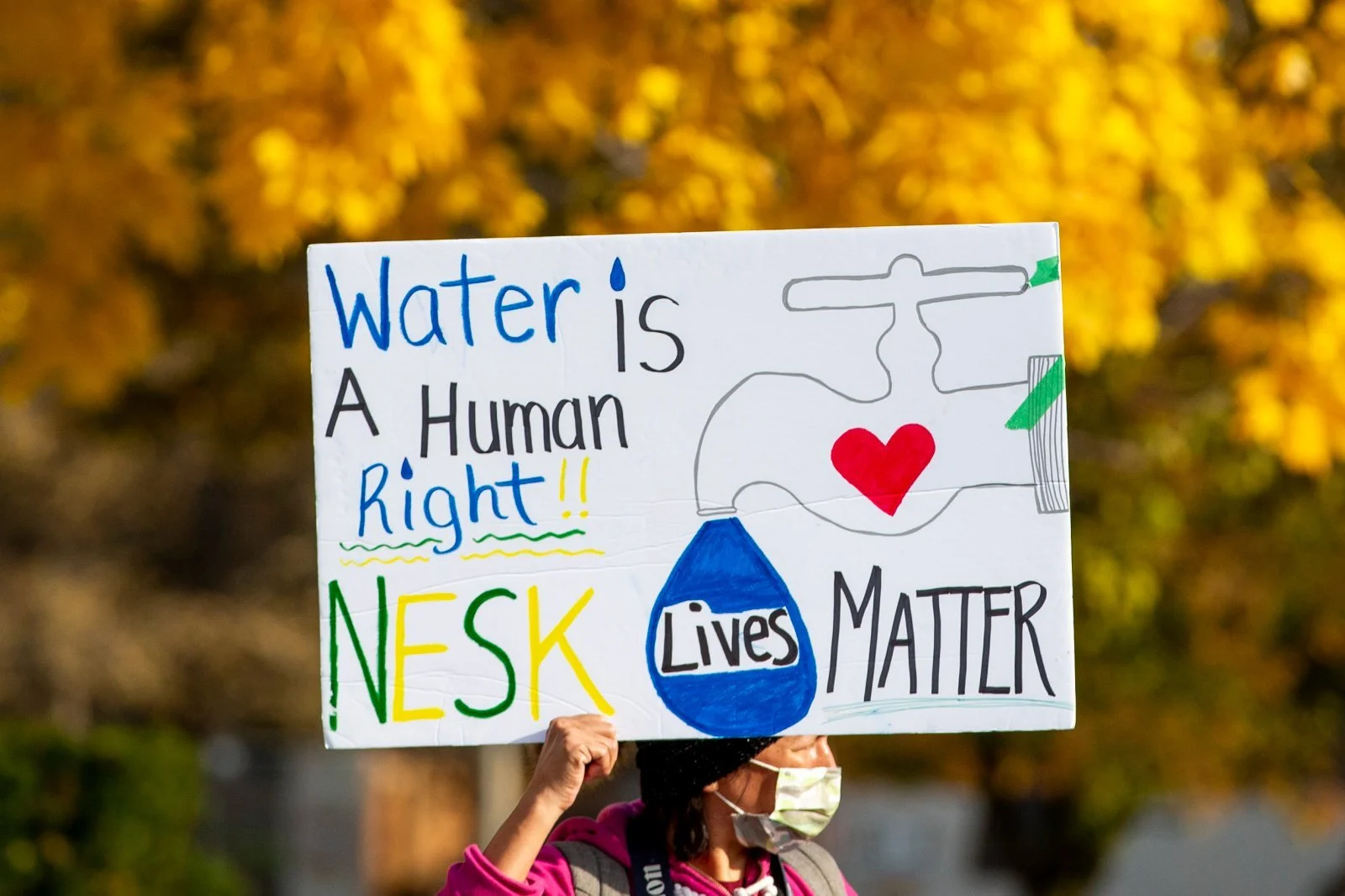The P.E.I. and federal governments are both pitching in to help build a new water tower in Cornwall. Cornwall is P.E.I.'s fastest growing community, with a population that grew 23 per cent between the 2016 and 2021 censuses. Water pressure has been an issue for some residents. The tower will not only increase the capacity of the town's water system, said Coun. Elaine Barnes, chair of water and sewer, but also provide backup supply.
What happens when millions of litres of sewage-tinged water overflows into the Ottawa River?
Unquestionably, dumping more than 300 million litres of sewage-tinged water into the Ottawa River stinks. But it’s hard to imagine what that much sewage overflow actually does to a waterway. So, we asked the experts about the impact of the city’s decision to release that volume of water following the massive Aug. 10 storm—and what can be done to prevent this in the future.
Canada and Nunavut invest in water and wastewater treatment for northern communities
Today, the Honourable Dominic LeBlanc, Federal Minister of Intergovernmental Affairs, Infrastructure and Communities, and the Honourable David Joanasie, Minister for Community and Government Services for the Government of Nunavut, announced funding to support the planning of improved water and wastewater treatment in six Nunavut communities.
State of Emergency Declared in Fort Frances
Heavy rain Friday night and Saturday morning resulted in a pumping station near the Memorial Sports Centre to fail. Town spokesperson Patrick Briere says crews have been working around the clock to keep water flowing. “It (got) to a point overnight last night where we had a critical infrastructure failure at one of our lift stations. We have crews on scene. They’ve been working all night, and they continue to work to alleviate the problems and the back-ups. We are pushing at 100% capacity for water right now,” says Briere. Briere says residents should ensure their sump pumps are flowing outside.
Megathrust earthquake could decimate Metro Vancouver's water system, says report
A megathrust earthquake could shatter Metro Vancouver’s capacity to send water to its 21 municipalities, a new report says. The heavily redacted report, published internally by the regional body in February but recently obtained by Glacier Media, indicates a 9 magnitude earthquake could lead to 267 water main failures across the region. Some of the most worrying failures, confirmed Metro staff and independent experts, are forecast to occur where all of the region’s main trunk lines pass under bodies of water — from dammed mountain lakes on the North Shore, under the Burrard Inlet, and down the line, below the Fraser River.
How colonial systems have left some First Nations without drinking water
Rebecca Zagozewski, executive director of the Saskatchewan First Nations Water Association, said she has seen contractors save on costs when building water treatment plants on reserves by using obsolete parts and failing to include maintenance manuals, ventilation or chemical rooms, and bathrooms. “Engineering companies will put in their bids obviously as low as they can go,” said Zagozewski.
New technologies may help handle cloudy water from Great Slave Lake
The Town of Hay River is awaiting a GNWT report – expected at any moment – that might offer guidance on how the community’s water treatment plant could be upgraded to handle turbidity in Great Slave Lake. Turbidity – better known as muddiness – has resulted in three boil-water advisories since spring break-up, and the latest was still in effect as of late last week.
Côte Saint-Luc has some of the worst tap water in Quebec due to lead contamination
The Montreal Island city of Côte Saint-Luc has some of the worst tap water in the province, according to testing results for lead released through access to information legislation. The test results, compiled by Quebec’s Environment Ministry, show that 46 tap water samples from the Montreal Island city of 30,000 people had more than 10 parts per billion (ppb) of lead over a four-year period from 2015 to 2018.









